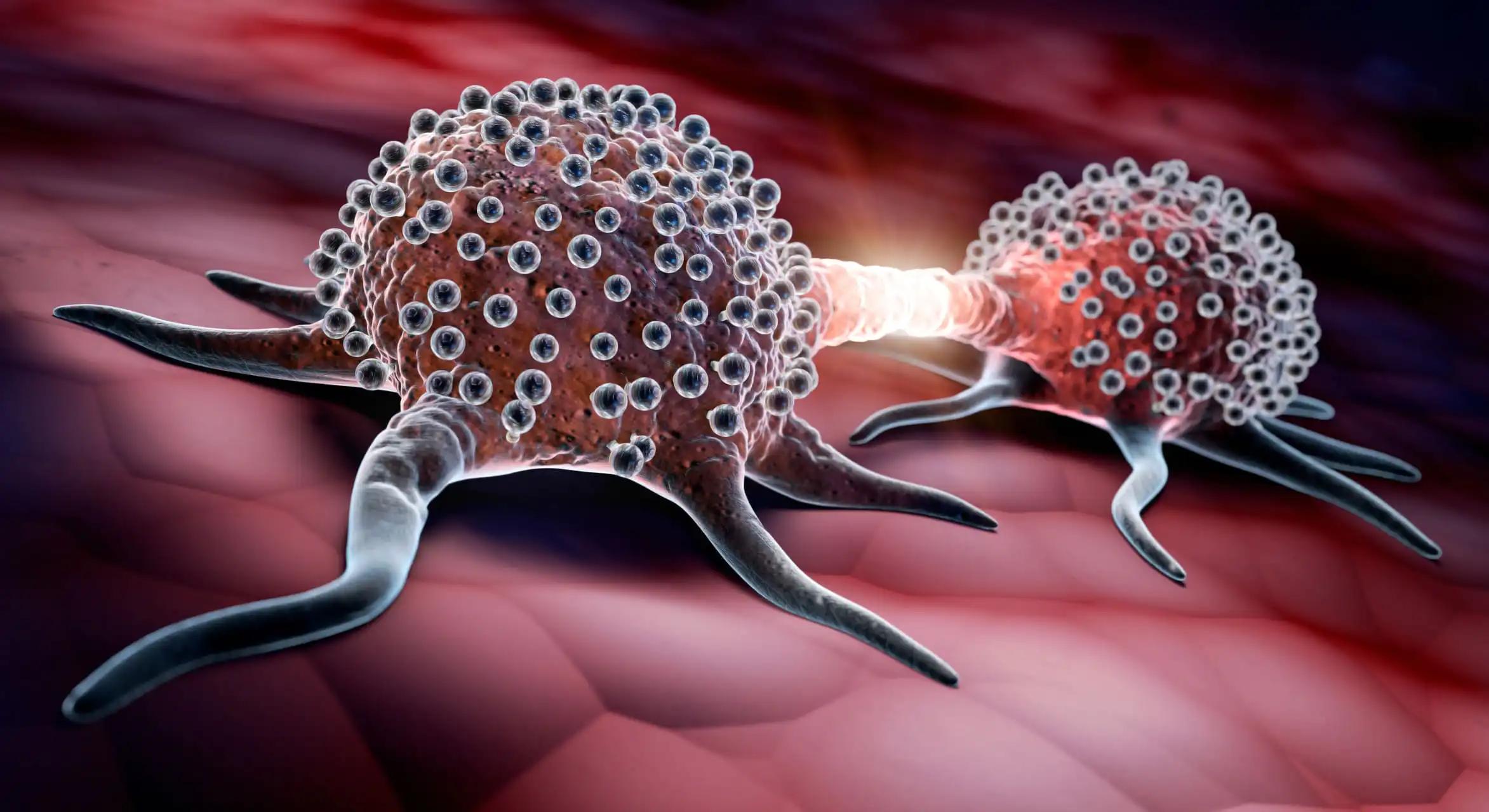KEY TAKEAWAYS
- The Neo ReNi II phase II trial aimed to examine the combined efficacy of PD-1 and LAG3 blockade for high path response with low toxicity.
- Pts with residual macroscopic melanoma receive 2 doses of nivo and rela followed by wide excision and sentinel lymph node res.
- The study’s primary endpoint is the complete pCR rate at RES after 6 weeks of NAT treatment. Secondary endpoints include feasibility assessment, safety, efficacy, and QoL.
Stage II melanoma patients (pts) have a high risk of developing metastatic disease, which may become fatal. NAT is a treatment that can help assess drug activity and predict prognosis. Researchers aimed to examine the combined efficacy of PD-1 and lymphocyte-activation 3 (LAG3) blockade for high path response with low toxicity.
The study included pts with histologically confirmed AJCC (8th ed.) clinical stage IIA (T2b, T3A), IIB (T3b, T4a), or IIC (T4b) primary cutaneous melanoma from a partial biopsy, with residual macroscopic disease(N = 20). Pts with IIA disease must have an estimated ≥20% risk of recurrence at 5 years, according to the Melanoma Institute Australia stage II risk calculator (melanomarisk.org.au). All pts undergo wide excision and sentinel lymph node resection (RES) at week 6 following NAT with 2 doses of nivolumab(nivo) (480 mg, IV) plus relatlimab(rela) (160 mg, IV). Pts with no (> 50% viable tumor) or partial path response (>10% – ≤50% viable tumor) receive a further 11 cycles (Q4W) of adjuvant nivo (480 mg) plus rela (160 mg) and radiological and clinical surveillance. Pts with complete (pCR; 0% viable tumor) or near-complete (≤10% viable tumor) path response will undergo radiological and clinical surveillance after RES. All pts will be followed for recurrence (6-monthly CT) and survival for 10 years. Baseline and pre-surgery assessments include lymphatic mapping, dermoscopy, confocal microscopy, CT, and FDG PET/CT to measure NAT response. Tumor and fecal samples were collected at baseline, RES, and recurrence; blood samples at baseline, week 4, RES, and recurrence.
The study’s primary endpoint is the pCR rate at RES after 6 weeks of NAT using INMC criteria. Secondary endpoints include NAT feasibility, RFS, OS, safety, surgical outcomes, imaging changes, sentinel node positivity, quality of life (QOL), and biomarkers analyses.
Source: https://ascopubs.org/doi/abs/10.1200/JCO.2023.41.16_suppl.TPS9610
Clinical Trial: https://classic.clinicaltrials.gov/ct2/show/NCT05418972
Maria Gonzalez, Alexander Christopher Jonathan Van Akkooi, Andrew John Spillane, Sydney Ch’ng, Kerwin Frank Shannon, Jonathan Stretch, Michael Alexander Rtshiladze, Thomas Pennington, Robyn P.M. Saw, Alexander M. Menzies, Robert V Rawson, Linda Martin, Pascale Guitera, Mary Jane Gregorio, Kevin London, Rony Kapoor, Edward Hsiao, Serigne N. Lo, Richard A. Scolyer, and Georgina V. Long. DOI: 10.1200/JCO.2023.41.16_suppl.TPS9610 Journal of Clinical Oncology 41, no. 16_suppl (June 01, 2023) TPS9610-TPS9610.



